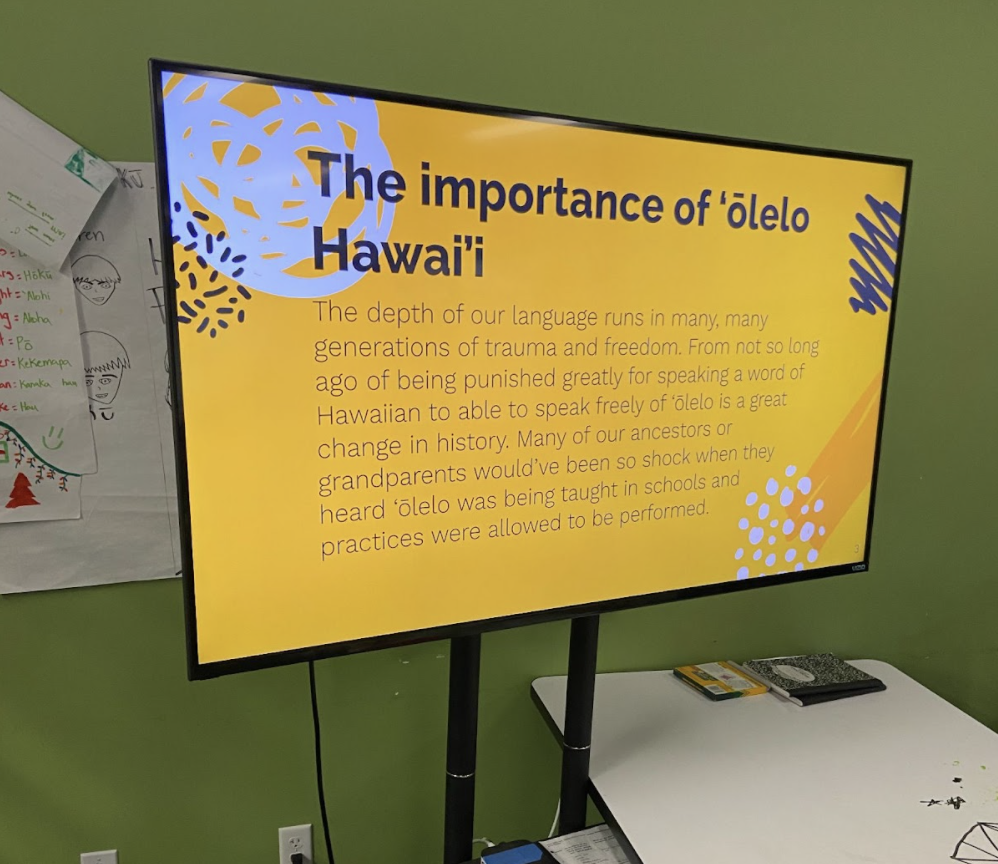Ma ka Hana, ka ʻIke (in doing, one learns): Student Leader to Student Leader Mentorship in ka Papa ʻŌlelo Hawaiʻi ʻEwalu
What could schools be if our students were our teachers? This was the question asked in our ʻōlelo Hawaiʻi (Hawaiian Language) class at the end of this past semester. In response, student leaders stepped forward, filming documentaries, designing posters and infographics, and even becoming teachers themselves. Seeking authentic learning experiences for their ʻōlelo Hawaiʻi capstone, several of our eighth grade student leaders took their grammar and vocabulary lessons, cultural and historical insights, and personal strengths out of our classroom and into the lives and learning of students in Coach Chaney’s sixth grade Hawaiian Culture and Perspective class. We highlight in this spotlight the hana (work) of these DreamHouse student leaders-turned-coaches in ʻōlelo Hawaiʻi where their leadership grounded in place, identity, and community shone through their mentorship of our sixth grade student leaders.
When the idea of teaching an entire 65-minute lesson was posed to our student leaders, many had expressed an initial skepticism around whether or not they could complete such a task. Although they had taught small group lessons to the sixth grade earlier this semester, our student leaders understood that being in front of a classroom, even in a group, would be an entirely different task.
In the days leading up to their lessons, eighth grade student leaders worked meticulously each day in class. Creating handouts in Canva, writing presentation notes in Google Slides, and planning engaging games and activities, eighth grade student leaders worked daily in their teaching team to prepare their lesson. Beyond planning their lesson, our eighth grade student leaders were also tasked with ensuring the success of the sixth grade class during their time together.
“I realized that it can be really difficult to teach a class,” reflected one of our student leaders, “being a teacher isn’t just about making plans and worksheets and talking to the class; it’s about keeping students interested and making them comfortable while you try to help them understand what weʻre learning about.”

